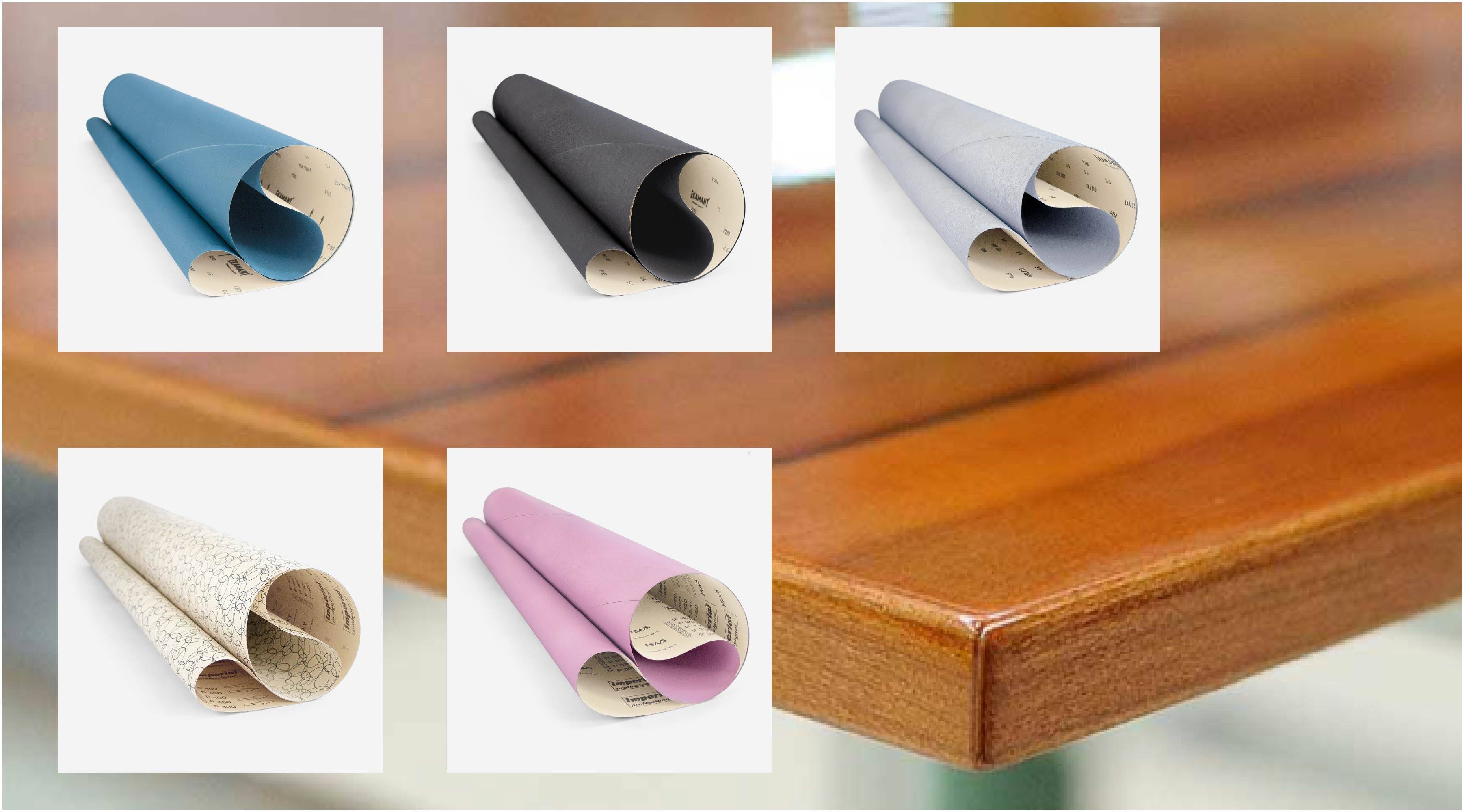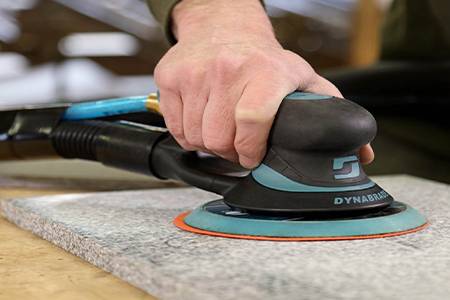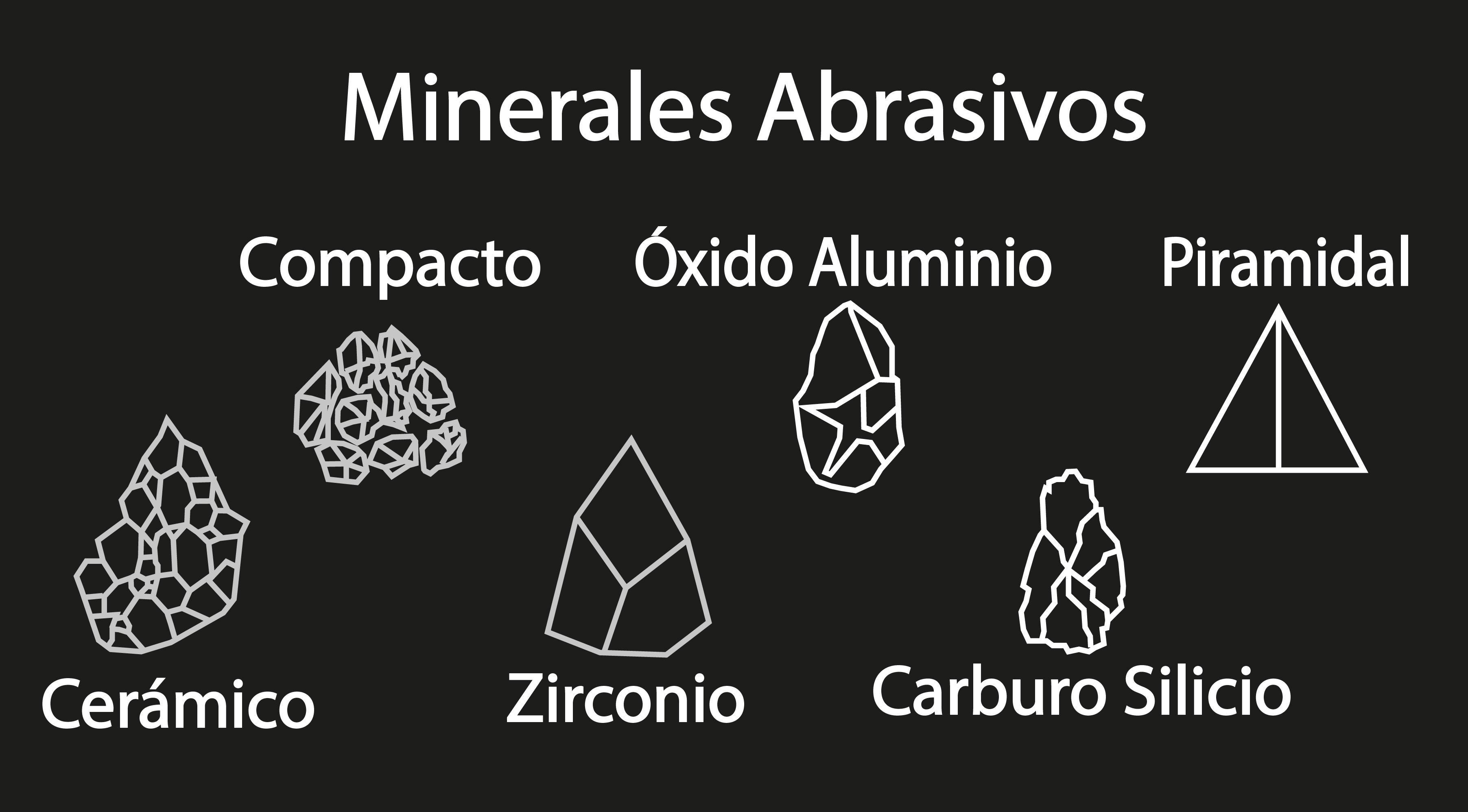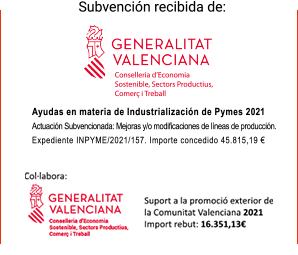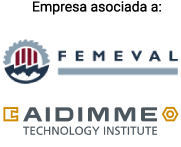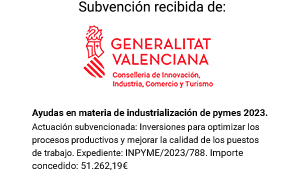¿Necesitas un lijado de precisión sin dañar superficies delicadas? Descubre las ventajas del disco de espuma estándar...
}Knowing which abrasive mineral we should use for each material during sanding work is important not only to avoid damaging the surfaces, but also so that the sanding operation is more efficient, effective and as a consequence takes up the shortest possible time; which is appreciated since sanding is a monotonous task, which takes time and generates discomfort and pain in the hands on many occasions.
All materials do not have the same hardness, and therefore they behave differently when mechanically treated. Although this is obvious, it is often not taken into account and time and resources are wasted thus increasing the cost of sanding. These considerations were already known in prehistory, when people discovered that certain stones were harder than others and were valid for wearing out, sizing and forming tools.
What we should know about the shape and structure of abrasive minerals
Unlike the past where the minerals used were of natural origin: flint, garnet and emery, the minerals used today are all of synthetic origin since they offer greater advantages and greater uniformity in all their properties, which is decisive in the industrial applications.
Knowing its shape and structure are key when carrying out a good sanding since the lower the friction, the lower the heat generated and therefore the cutting of the abrasive mineral will be more effective, it will not burn the material and it will become less muddy.
Therefore, the effectiveness of the cut will depend a lot on the shape and structure of the minerals. To get clean cuts, which generate less temperature, it is necessary to use very sharp minerals. On the contrary, rougher cuts generate higher friction and temperature, requiring the use of minerals with conglomerate structures.
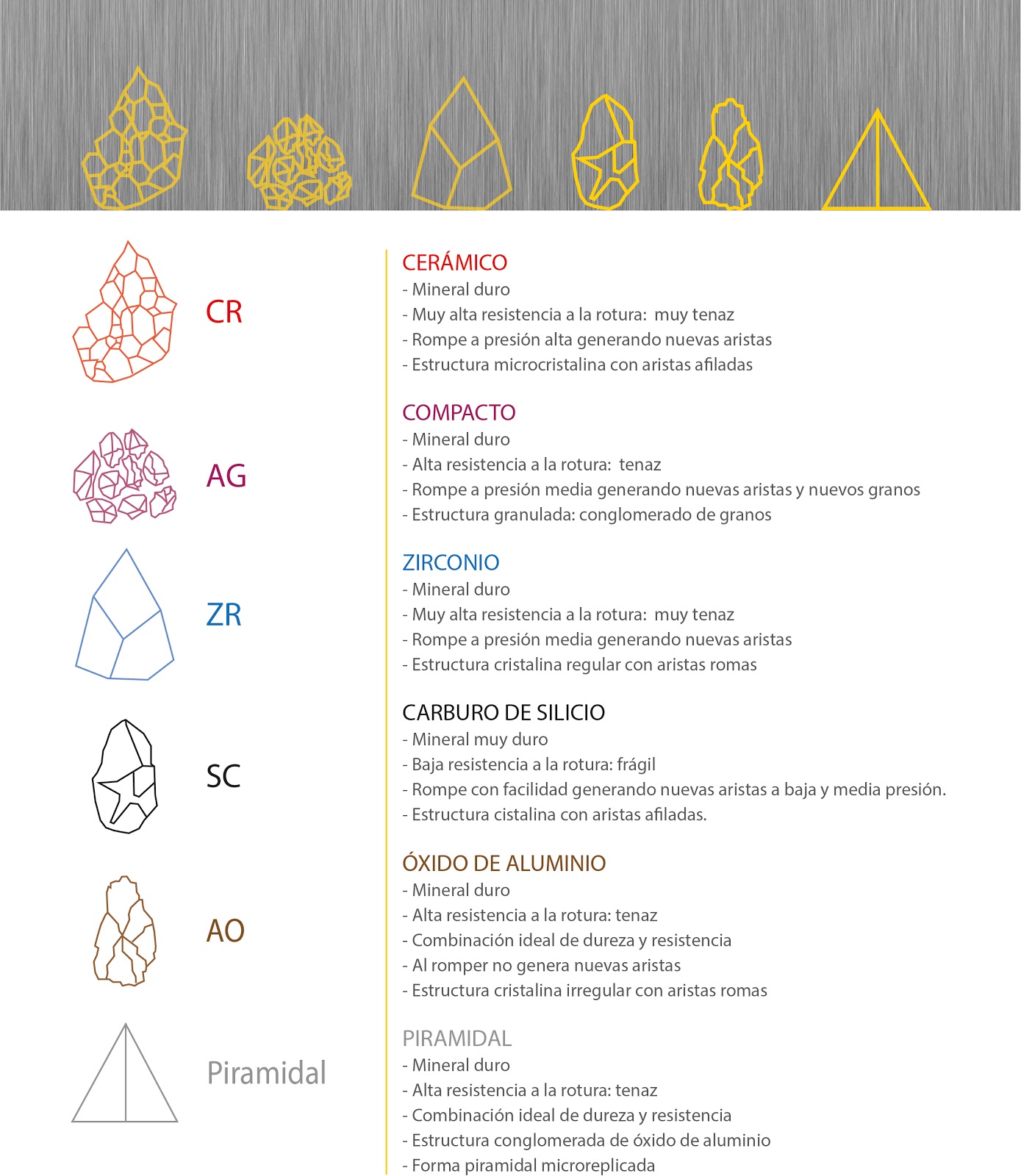
What other properties are key for sanding
In addition to shape and structure, each mineral has different mechanical properties that allow it to resist scratching, resist impacts, and self-sharpen. We are talking about the hardness, toughness and friability of minerals. These three properties are key to understanding the behavior of minerals in the treatment of surfaces:
To sand a surface (scratch it) we will use a mineral that has a higher hardness than the material of the said surface.
To have starting power, cutting power, we will use minerals that are capable of absorbing the energy generated during these efforts, resisting breakage.
To maintain the maximum cutting power over time, we will consider those minerals that may fracture during operations creating new, sharper edges.
A quick look at the most commonly used abrasive minerals in belt sanding:
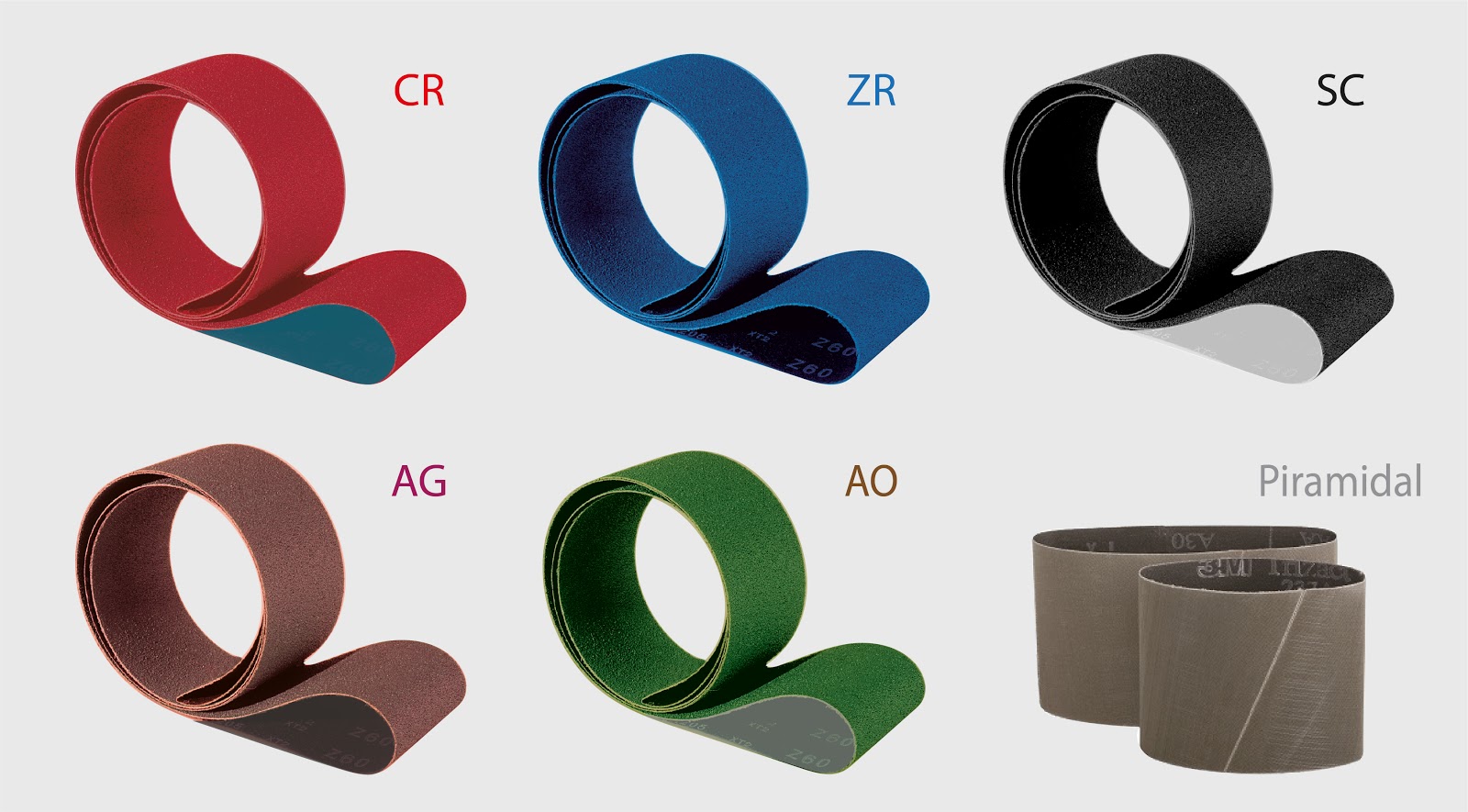
Here are the most commonly used abrasive minerals for roughing, grinding, matting, satinizing and surface polishing applications:
Aluminum oxide (AO): It is the most versatile mineral for all materials. There are three types, pink and white aluminum oxide work well on soft materials; while brown is suitable for harder materials thanks to its semi-friable property.
Silicon carbide (SiC): It is the sharpest mineral and the most used for the best finishes. It wears out faster than aluminum oxide, but being very friable it is a durable mineral. Works well on hard materials, rough surfaces, and surface polishing operations.
Zirconium (ZR): It is a very resistant mineral with a high starting capacity in roughing jobs with medium pressure. It has an excellent price-performance ratio.
Ceramic (CR): It is a very resistant and durable mineral, suitable for metalwork and in particular with stainless steel. The best performances are obtained in operations with high pressures.
Compact or agglomerate (AG): It is a long-lasting mineral with a constant finish. It is a combination of several abrasive grains of the same size that form a larger granulate. It is suitable for the centerless cylindrical grinding of pipes and the grinding of sheet metal and coils.
Pyramidal: These are identical pyramids of mineral with resin, micro replicated uniformly on the abrasive support. Its wear is uniform, continuous and generates excellent finishes and homogeneous surfaces.
At Abracom we have the abrasive solution you need for roughing, grinding, matting, satin-finishing and metal polishing. We manufacture all formats, and we have a wide range of abrasive supports and minerals.





